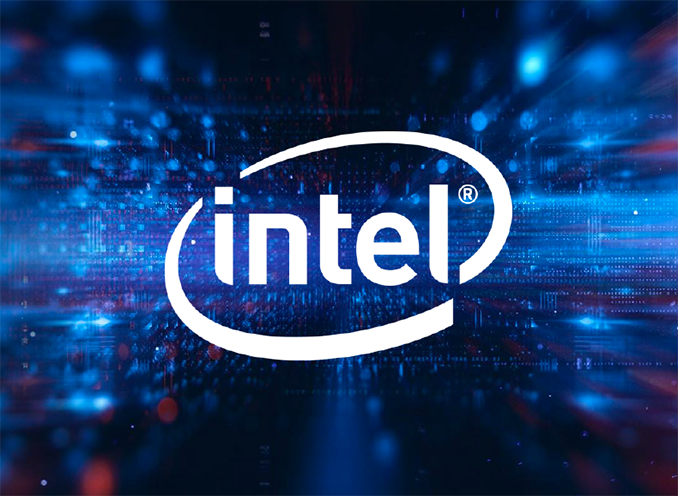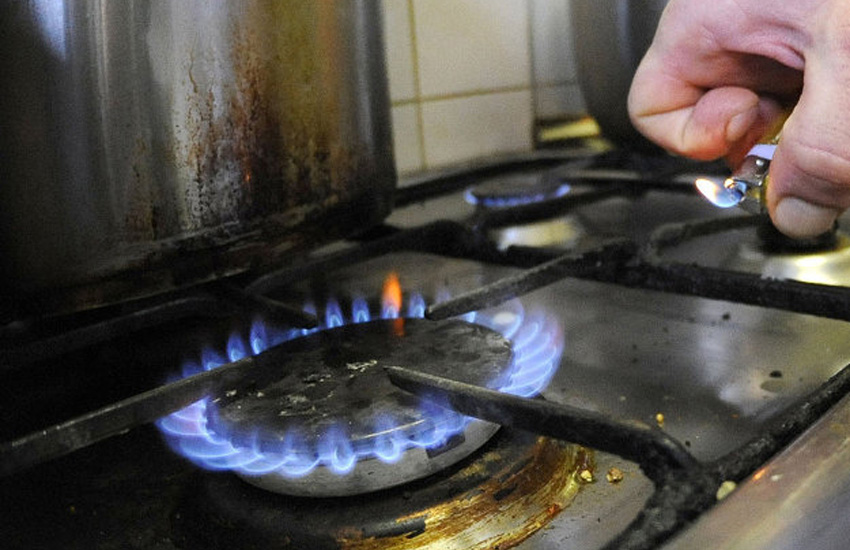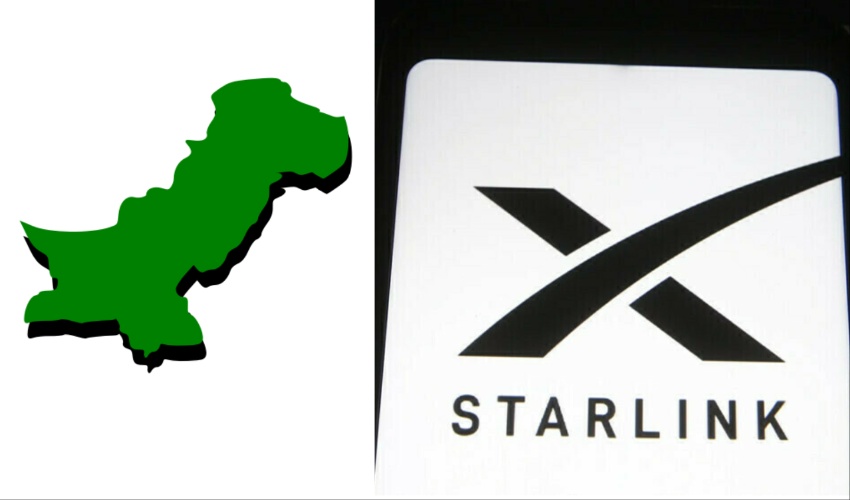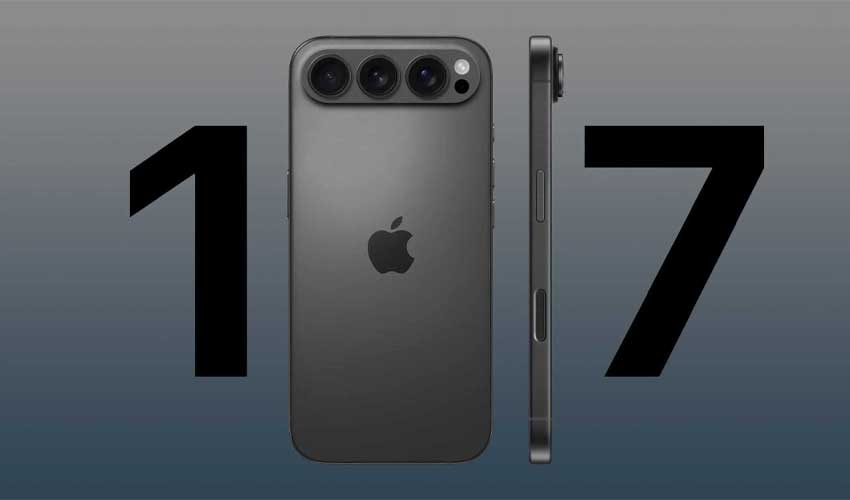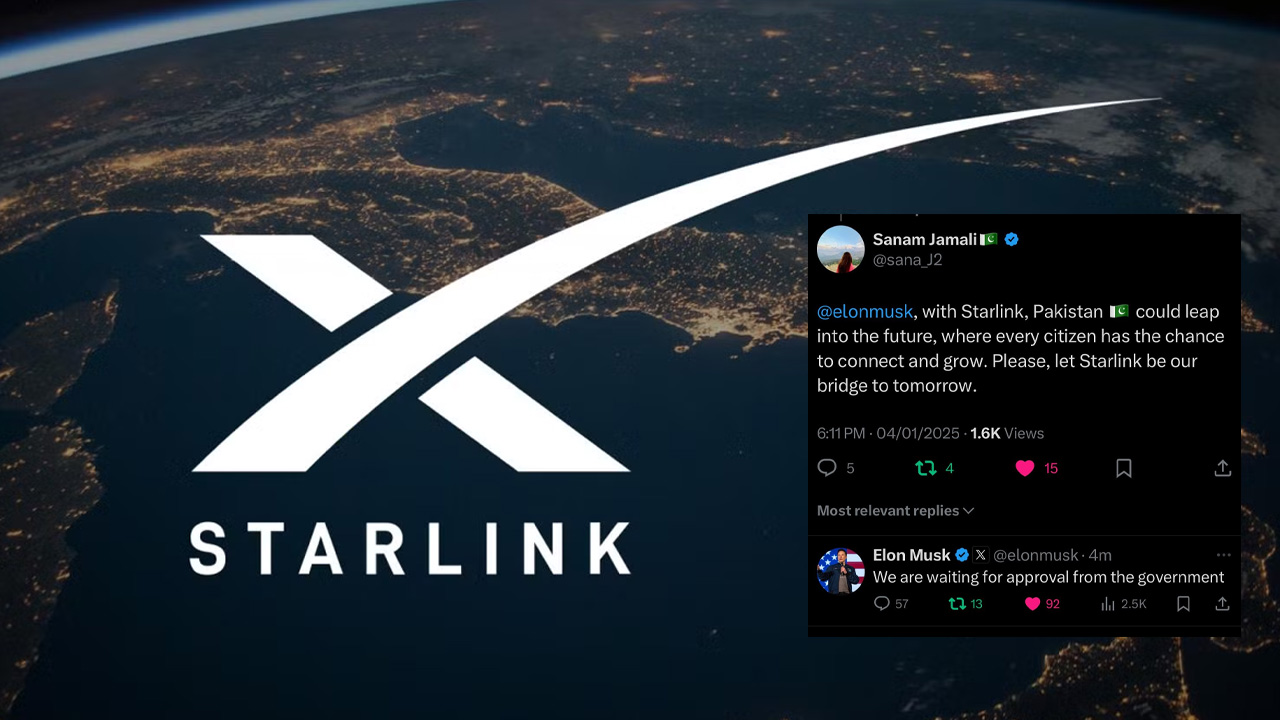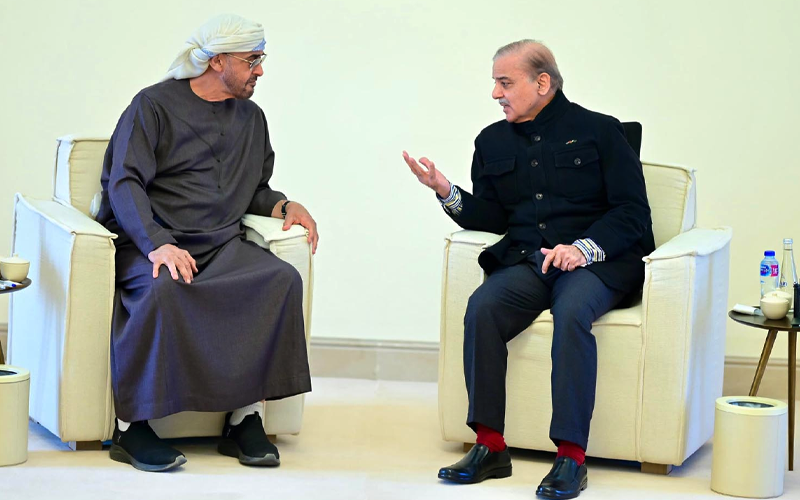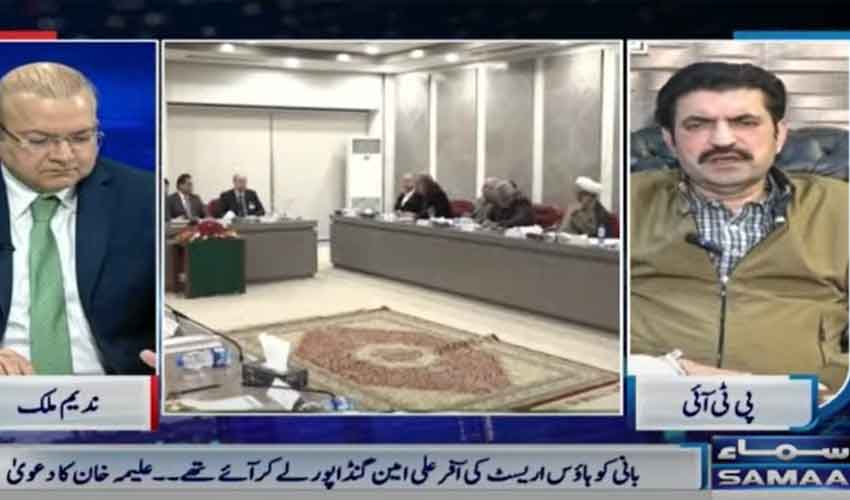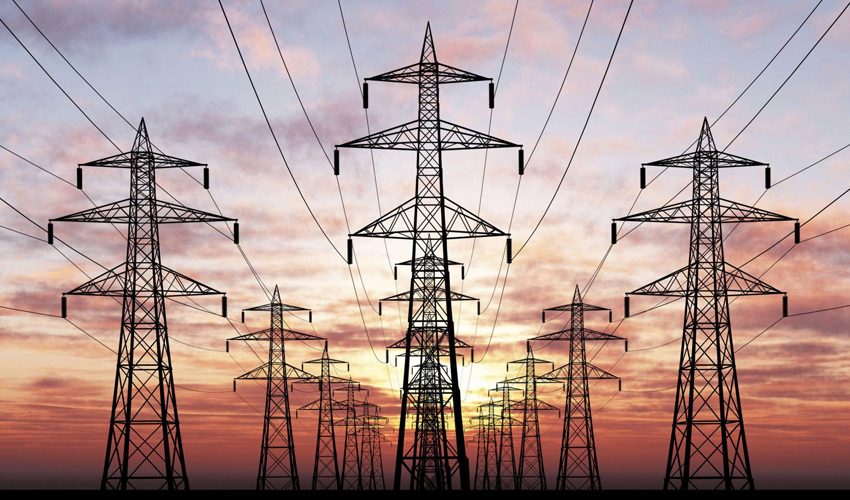On Tuesday, Intel disclosed growing operational losses for its foundry business, dealing a setback as it seeks to regain the technological advantage lost to Taiwan Semiconductor Manufacturing in recent years, according to Reuters.
The manufacturing division had operational losses of $7 billion in 2023, according to Intel, a greater loss than the $5.2 billion in the previous year.
In 2023, the unit's revenue was $18.9 billion, a 31% decrease from $27.49 billion the previous year.
After the records were submitted to the Securities and Exchange Commission (SEC) in the United States, Intel's stock price fell by 4.3%.
Pat Gelsinger, the company's chief executive, stated in an investor presentation that the company's chip making division will have its largest financial losses in 2024 and that it anticipates operating break-even shortly after.
According to Gelsinger, the foundry industry suffered from bad decisions, such as the decision made a year ago not to use extreme ultraviolet (EUV) machines made by the Dutch company ASML.
Even though those machines can cost over $150 million, they are still more affordable than the instruments used in the past to make chips.
Partially because of these mistakes, Intel has contracted out around 30% of its wafer production to outside manufacturers like TSMC, according to Gelsinger. It seeks to reduce that amount to about 20%.
As previous computers are phased out, Intel has now shifted to employing EUV tools, which will cover an increasing amount of manufacturing demands.
"In the post-EUV era, we see that we're very competitive now on price, performance (and) back to leadership," Gelsinger stated. "And in the pre-EUV era, we carried a lot of costs and (were) uncompetitive."
In four US states, Intel intends to invest $100 billion in the construction or expansion of chip factories. Convincing outside companies to employ its manufacturing services is a key component of its business recovery plan.
Intel informed investors as part of its plan that it will begin to disclose manufacturing operations' performance as a separate entity. The company has been making significant investments to close the gap with its two main rivals in the semiconductor industry, TSMC and Samsung Electronics.





